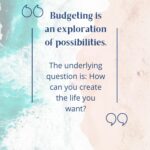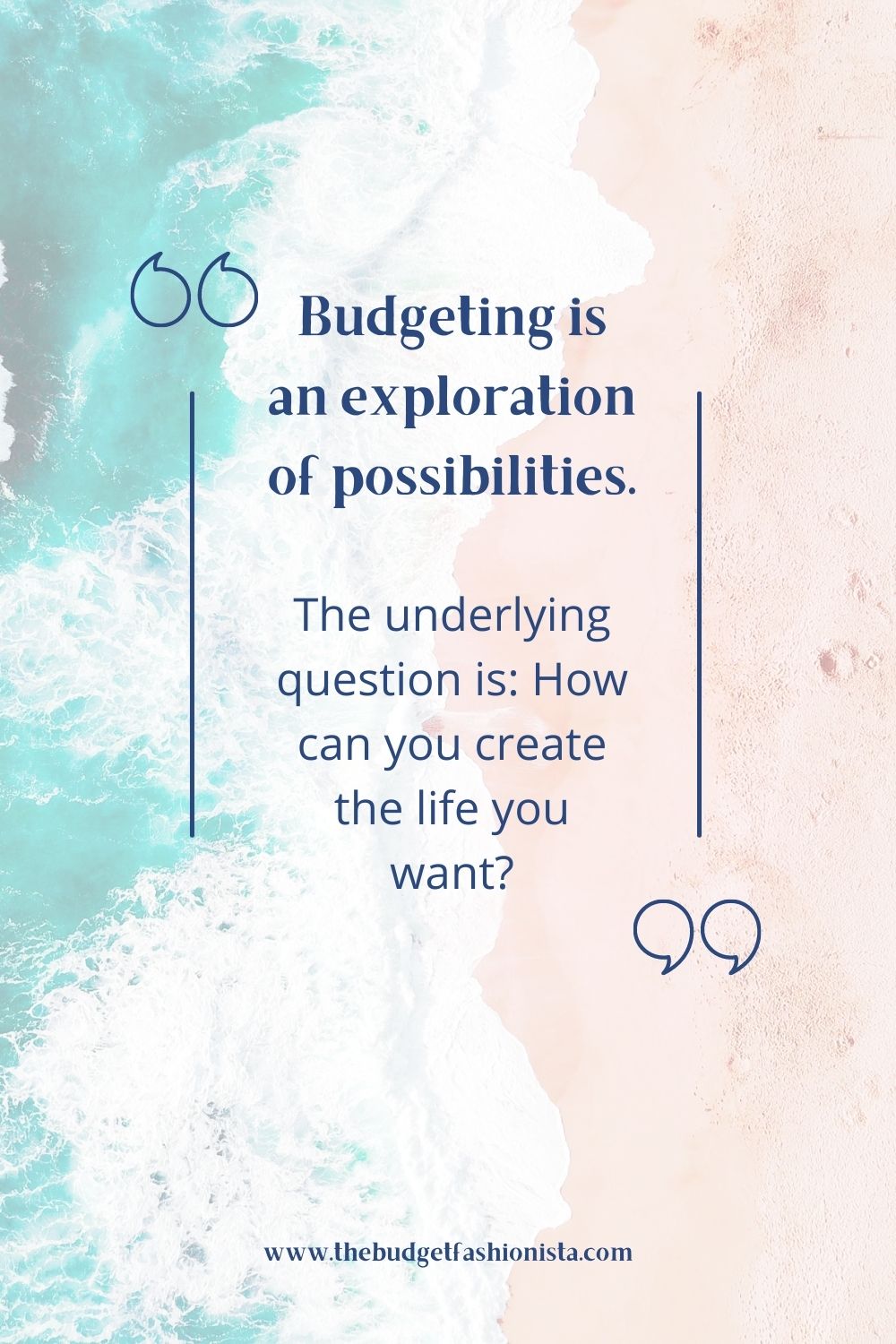
The Number 1 Budgeting Mistake You Might Be Making and How to Fix It
Budgeting is a creative exploration of possibilities. The underlying question is: How can you create the life you want? If you’re determined enough, you’ll find the answer.
And then, once you have that budget that works, you can make spending decisions without guilt or uncertainty. If those Jimmy Choos fit within your budget, take them home. If you’d rather skip the Choos and buy three pairs of heels from Famous Footwear instead, you can do that too. Your budget empowers you to make those choices. Budgets aren’t limiting — they’re liberating.
When budgets go wrong
Sadly, you only reach that point of spending liberation when your budget is complete. Miss an expense here or there and, basically, you’re screwed financially. You’ll live within your budgeted spending parameters and run out of cash anyway. Your natural response from there might involve:
- Getting mad.
- Swearing off budgets for life.
- Spending what you want and charging overruns to a credit card.
The big budgeting mistake

The big budgeting mistake is underestimating your bills — specifically your non-monthly bills. These are the expenses you pay one to four times annually, rather than monthly. Forget to account for these in your budget and you’ll have a cash shortfall. You’ll have to use credit card debt or your cash savings to make ends meet.
Examples of these non-monthly, budget-killing expenses from my life include:
- Insurance premiums
- HOA fees
- Gifts: holiday, birthday, anniversary
- Vacations
- Tax preparation fees
- Sam’s Club membership fees
- Vet fees for pet check-ups and vaccinations
- Eyeglasses and contact lenses
- Car registration fees
- Quarterly tax payments
Writer Abby Hayes lists out additional examples of these off-cycle bills in her piece on U.S. News & World Report here.
How to budget non-monthly bills
The trick is to add these items to your budget and allocate a monthly savings deposit for each. If you expect your quarterly tax payments this year to be $1,000 every three months, you’d save $333 monthly. To cover your 12-month car insurance premium of $1,200 as well, you’d save an additional $100 monthly.
Do this right and you’ll have the cash on hand to cover these bills as they come due.
Tools for budgeting non-monthly bills
Two tools can help you account for these non-monthly expenses: the right budgeting app and the right bank account.
1. The right budgeting app
I’ve tried various budgeting apps and have found that all inadequate for various reasons. Usually, budgeting apps fail because they’re too rigid. For me to budget a monthly allocation for my annual and quarterly bills, I must do manual work and transfer it into the app — which always leads me to question why I’m using the app at all.
That’s the end of my rant about budgeting apps.
I use a spreadsheet instead because it holds all the data and calculations in one place. I built a 50/30/20 budgeting spreadsheet specifically for this purpose — to calculate what to save monthly to cover those off-cycle bills. If you subscribe to Budget Fashionista, you can download the spreadsheet and use it free.
Sidenote: Please send me feedback once you use the Budget Fashionista budgeting spreadsheet. I’m sure it doesn’t cover every scenario possible, but your feedback can help me get it there.
2. The right bank account
You also need a checking account that supports automatic deposits to a linked savings account. I do this with Capital One.
You may prefer a bank that supports smaller savings goals. These let you earmark a bucket of funds for a specific purpose, such as HOA fees or those annual exams for your dog. Banks to look at include:
Organize your bills — even the annual ones
A successful budget has all your expenses documented, even the bills that show up infrequently. But once you slog through that part of your budget, the fun begins. You can play with the numbers until you’re happy with the result. You pick where to skimp and where to splurge.
Here’s the best part of budgeting. Once you get the numbers right, you can enjoy your allocated splurging without a hint of guilt.